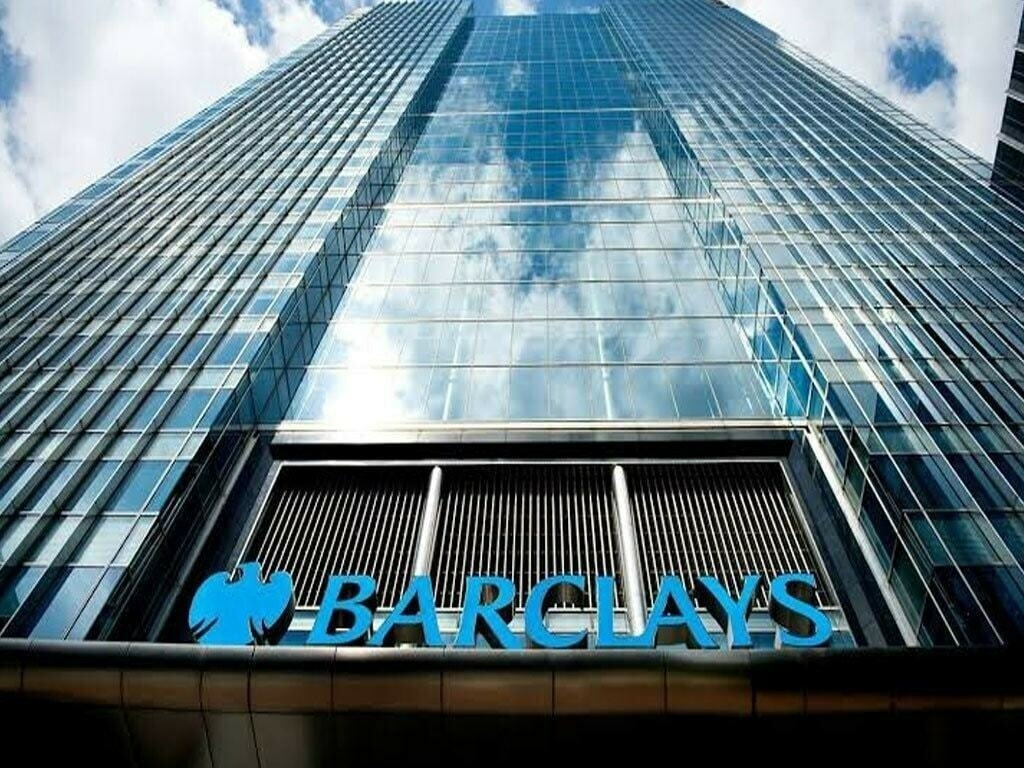Barclays earned £500 million ($666 million) in sustainable and transition finance revenue in 2024, marking a strong commercial case for climate-aligned investing.
The bank has facilitated over $250 billion in sustainable finance since 2020 and aims to hit $1 trillion by 2030.
Barclays is expanding its climate transition framework to more sectors, including real estate and mining, while integrating nature and social considerations.
Barclays reported £500 million ($666 million) in revenue from sustainable and low-carbon transition finance in 2024, as it strengthens client partnerships and climate planning efforts across industries.
The bank reaffirmed its commitment to reaching net-zero emissions by mid-century, despite increasing political opposition to climate-related initiatives in the U.S. Barclays acknowledged that real economy progress is being challenged by policy divergence, continued reliance on fossil fuels, and global economic pressures.
In the bank’s first major strategy update since 2020, Daniel Hanna, Group Head of Sustainable and Transition Finance, said:
“This is something that we’re doing not just because it’s important to our clients, but also because it’s an opportunity that we think we are well positioned to capture on behalf of our shareholders, as well as being a risk to manage.”

Hanna noted that sustainable finance lending delivers above-average returns for Barclays and aligns with the bank’s broader commercial strategy.
Barclays saw a 23% rise in profits in H1 2024, largely driven by its investment banking division. The bank has facilitated over $250 billion in sustainable and transition-related finance since 2020 and has committed to reaching $1 trillion by 2030. It has also invested £239 million in early-stage technologies critical to achieving global climate goals.
RELATED ARTICLE: Barclays Climate Ventures Mobilizes £508M in Climate Tech Investment Since 2020
“There’s a huge opportunity to scale climate tech,“ Hanna added. “It provides new growth areas, it creates jobs, but it is also quite challenging.”
Looking ahead, Barclays plans to expand the coverage of its climate transition framework to listed companies in sectors such as commercial real estate and mining. The bank will also incorporate broader environmental and social metrics into its assessment models.
Hanna described the framework as a multifaceted approach:
“It is both an engagement tool, a way of spotting opportunities, and then a way for identifying where our portfolios are heading as well.”
“Over the last few years, we’ve really deepened our understanding,“ he added, emphasizing Barclays’ ongoing role in helping clients decarbonize and unlock growth through sustainability-driven finance.
Follow ESG News on LinkedIn

